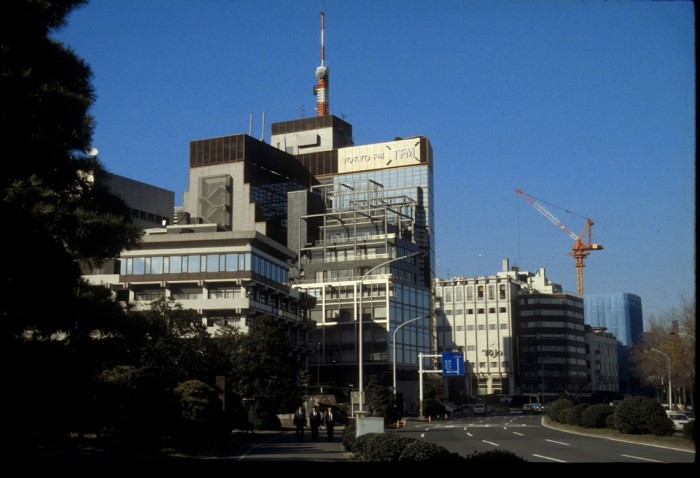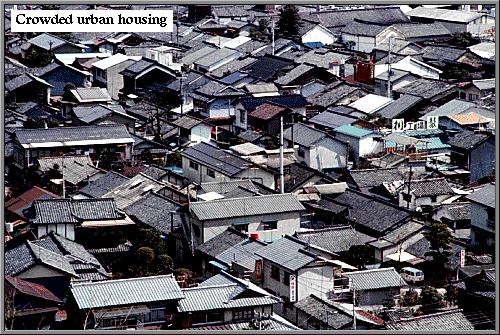
Until the 1960s, it was very rare to find a building above six or eight stories anywhere in Japan. The country was so plagued by earthquakes that construction technology and the law prohibited tall buildings. In the terrible earthquake of 1923 which killed over 100,000 people in the Tokyo Yokohama area, the only real skyscraper in Tokyo was snapped in half by the violent shaking.
Finally, technology was developed which now permits tall buildings. For many years, the Sunshine 60 in Ikebukuro, a major commuting terminus in Tokyo, was the tallest in Asia at 60 stories. Clusters of skyscrapers are now found in several areas of Tokyo while buildings of 15 or so floors line most of the major roads in the inner city. The technology has, not been put to a severe test in an earthquake the magnitude of the 1923 ‘quake, but is very complex. Buildings are often ‘floated’ in their foundations so that they are buffered from much of the earth’s shaking. Other techniques build in a high degree of flexibility so that buildings may sway alarmingly in a high wind or minor earthquake, but will not vibrate harmonically and break apart as a result.

shortage of habitable living space
Although high-rise buildings may line a major street, the next line of buildings behind them are often only two to four or five stories high. Land prices often change very rapidly on the back streets. Building a high-rise building may create many problems aside from the cost or the technology. For many years, corporations would not build tall headquarters in the Marunouchi section of Tokyo because the top floors would look down into the Imperial palace and that was felt to be an unwarranted intrusion on the imperial dignity.
While that reluctance finally gave way to economic pressure, high-rise buildings frequently cause intense protest, particularly if they are placed in residential neighborhoods. The usual complaint is that the new building blocks the sun, significantly degrading the environment as well as depriving homes of important sources of heat and energy for solar water heaters. When this happens, there may be demonstrations or neighbors may put up embarrassing signs protesting, for example, against a 14-story building whose shadow will fall where the sign stands. When the project is completed, the contrast between a weathered, two-story, traditional home and a new ferro-concrete apartment building is usually objectionable. Monetary compensation may settle such disputes, but many construction projects have been abandoned in face of intense protest.

